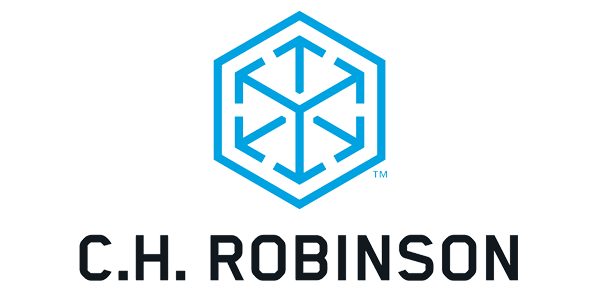7 Building Blocks to Prepare for Implementing a Global TMS

The key to global supply chain management success is developing the right blend of supply chain expertise and global TMS technology.
Your supply chain is global, yet you lack global visibility, process, and expertise to effectively manage it. This challenge is not uncommon among shippers around the world.
With projected increases in global trade volumes, the pull of developing economy growth engines, and rising middle class consumer spending, the need for global TMS technology and expertise is growing.
The global arena is a demanding environment for freight managers, and shippers must be equipped to deal with these challenges. Managing global transportation in a complicated web of varying best practices, cultures, systems, geographies, languages and regulations can be very difficult. Risk profiles vary from region to region as do trade and tax compliance issues.
The key to global supply chain management success is developing the right blend of supply chain expertise and global TMS technology. On one hand, TMS power users possess the expertise in both the technology and the markets covered to wring every last competitive advantage out of the system. At the same time, the system’s analytical horsepower gives these experts the tools they need to manage freight transportation internationally.
Obviously, developing these capabilities requires investments in time, resources, and money. But a robust foundation – whether the TMS is an in-house or outsourced solution – greatly increases the chances of a successful outcome.
But sourcing a global TMS combined with personnel and deploying the solution globally is much easier said than done, right? In broad terms this is true, but the transition is a lot smoother if you lay a solid foundation first.
There is often a temptation, for example, to develop a hybrid solution; a TMS platform for the core region, leaving other regions to cope as best they can. This is far from an ideal option. Also, avoid becoming fearful that the problems you have experienced with a domestic-level TMS will be compounded when you graduate to the global stage. Yes, managing freight movements on a worldwide scale is more exacting in many ways, but with the right preparation the challenge is less daunting than you imagine.
Here is a checklist of 7 building blocks to prepare for a global TMS and managed service solution.
- Translate your organization’s objectives into a global logistics strategy that encompasses deliverables, efficiency targets, and expectations.
- Develop a blueprint of human and technical capabilities for each region and identify gaps.
- Based on this blueprint, collaborate with local markets to define what their success criteria are, and what solutions they need.
- Document the logistics and process expertise that is available in each region.
- Create future state requirements and capabilities that map the enterprise’s business strategy.
- Build a consensus on what processes are used centrally and at the local management level. Drive the right solution for your organization, whether it is a centralized or localized management system.
- Establish a governance process that can fully exploit global solution advantages such as end-to-end visibility and integrated decision making.
These building blocks will help prepare your organization to determine the right combination of expertise and global TMS technology and source a provider that meets those needs. As you build towards globally empowered TMS, draw encouragement from the fact that the technology continues to develop quickly, and you will almost certainly benefit from an even wider range of capabilities in the future.
But perhaps the best motivation of all is that these solutions are fast becoming a competitive necessity, and by taking steps to become a global player now, you are ahead of the game.
Related: 5 Shipper Demands Shaping the TMS Landscape

Article Topics
C.H. Robinson News & Resources
Q&A: Mike Burkhart on the Recent Nearshoring Push Into Mexico Q&A: Mike Burkhart, VP of Mexico, C.H. Robinson C.H. Robinson introduces new touchless appointments technology offering C.H. Robinson President & CEO Bozeman provides overview of key logistics trends and themes at SMC3 JumpStart 2024 C.H. Robinson touts its progress on eBOL adoption by LTL carriers and shippers Retailers Pivot Supply Chain Strategy, Seek Red Sea Alternatives C.H. Robinson announces executive hire to run new Program Management Office More C.H. RobinsonLatest in Transportation
April Employment Update: Trucking Sector Faces 300 Job Losses Porsche Gets Greener, Shifts to Sustainable Transport Logistics How Much Will it Cost to Repair Baltimore’s Francis Scott Key Bridge? Trucking Industry Pushes Back on Government’s Electric Mandates Maersk Sees Silver Lining in Red Sea Shipping Challenges Baltimore Opens 45-Foot Deep Channel Following Bridge Collapse El Paso Border Delays Cost Juarez $32 Million Per Day in Economic Losses More Transportation











